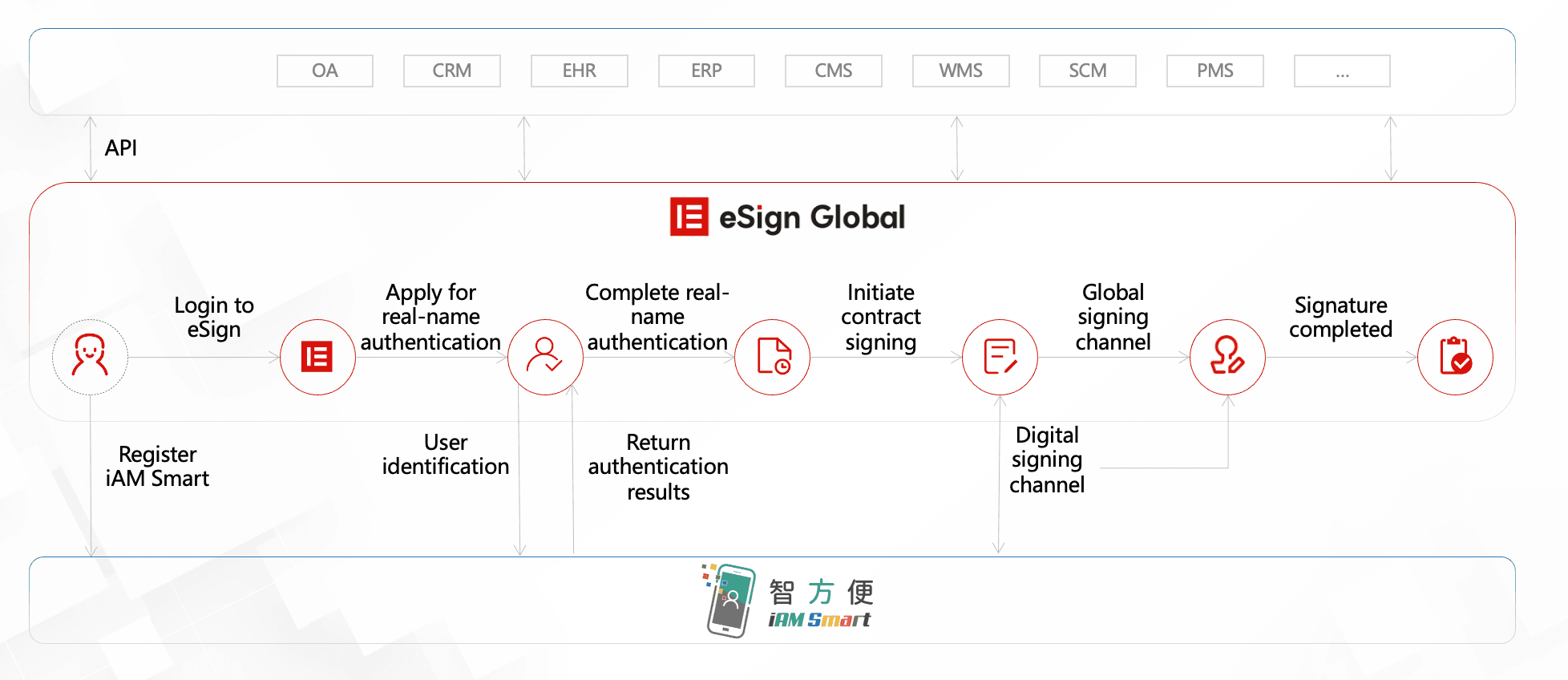WhatsApp or email with our sales team or get in touch with a business development professional in your region.
What is a digital signature in a certificate?





What is a Digital Signature in a Certificate?
In the modern digital landscape where data privacy, identity verification, and authenticity are paramount, the concept of a digital signature within a certificate becomes increasingly relevant. This term is often encountered in cybersecurity, document verification, and electronic communications, yet it’s still widely misunderstood. So, what exactly is a digital signature in a certificate, and why does it matter for both individuals and businesses—especially in regulatory-heavy regions like Hong Kong and Southeast Asia?
Let’s break it down.
Understanding the Concept: What Is a Digital Signature?
A digital signature is a cryptographic mechanism used to validate the authenticity and integrity of a message, software, or digital document. Unlike handwritten signatures, digital ones are based on mathematical algorithms that provide robust verification of the sender’s identity and assurance that the content has not been altered during transmission.
In simple terms, a digital signature answers two essential questions:
- Who signed the document?
- Has the document been tampered with since it was signed?
Digital signatures are a central feature in most electronic signature platforms and public key infrastructure (PKI) systems.
So, What Is a Digital Signature in a Certificate?
To fully understand this, we need to discuss the role of a digital certificate—also known as an X.509 certificate. This is a digital credential issued by a Certifying Authority (CA) that authenticates the identity of the certificate holder and includes the public key needed to verify their digital signature.
Here’s how it all connects:
- A digital certificate contains a digital signature issued by the CA.
- This digital signature uses the CA’s private key to cryptographically bind the certificate holder’s identity with their public key.
- By verifying the CA’s digital signature using its public key, users can trust the identity and authenticity of the certificate holder.
Put simply, the digital signature in a certificate acts like a seal of trust, ensuring that the entity represented by the certificate is legitimate and that their public key can be used with confidence.

Why Is This Important?
Digital signatures in certificates are crucial for secure communication and compliance, especially in sensitive transactions such as:
- Signing legally binding agreements
- Encrypting emails
- Securing financial transactions
- Authenticating websites (HTTPS connections)
In today’s compliance-oriented environment, especially across regions like Hong Kong and Southeast Asia, governments are instituting regulations that recognize the legal validity of digital signatures based on digital certificates. For example:
- Hong Kong recognizes “recognized digital certificates” under the Electronic Transactions Ordinance (Cap. 553)
- Malaysia’s Digital Signature Act 1997 requires certificates from licensed certification authorities
- Singapore’s Electronic Transactions Act validates digital signatures through licensed trust service providers
- Thailand and Vietnam both have regulatory frameworks in place for electronic signatures, particularly those backed by licensed CAs
These regulations ensure that digitally signed documents carry legal weight, provided that the digital signature was created using approved or recognized certification services.
Components of a Digital Certificate
To better understand how digital signatures fit into this, let’s look at the standard components of a digital certificate:
- Public Key: Used to verify digital signatures.
- Subject: The identity of the individual, website, or organization.
- Issuer: The trusted CA that issued the certificate.
- Serial Number: A unique identifier.
- Valid Dates: The start and expiry dates for the certificate.
- Digital Signature: From the issuing CA, to verify the legitimacy of the certificate itself.
The digital signature in the certificate is generated by the CA using its private key. When someone receives the certificate, their system uses the CA’s public key to verify the digital signature. If it checks out, the system trusts the certificate.
How Does It Work in Practice?
Let’s imagine you receive a digitally signed PDF contract. Here’s what happens in the background:
- You open the document using PDF reader software.
- The software extracts the digital certificate of the signer embedded in the file.
- It checks the digital signature on that certificate to confirm that it’s issued by a trusted CA.
- If the signature verifies and the certificate hasn’t expired or been revoked, the contract is considered valid and unaltered.

In compliance-focused regions like Hong Kong, such a process ensures the digital evidence in the form of certificates meets local legal requirements for electronic records.
Benefits of Using Digital Signatures with Certificates
- Enhanced Security: Digital signatures cannot be forged when properly implemented. They also prevent alteration of content.
- Regulatory Compliance: Meets the standard of laws like Hong Kong’s ETO and Singapore’s ETA.
- Global Trust: Certificates from accredited providers are recognized internationally.
- Efficient Workflow: Enables paperless signing and quicker turnaround times for contracts and approvals.
Choosing the Right Provider: Regional Compliance Matters
While many international platforms offer digital signing solutions, not all are optimized for local regulations. In Hong Kong, documents may require certification through a recognized Certificate Authority like those approved by the Hong Kong Post. Similarly, in Southeast Asia, jurisdictions may demand specific licensing for digital signature providers.

This is where understanding the digital signature on a certificate becomes even more essential. Workers, legal professionals, and businesses need assurance that the signatures used are recognized by law in their region.
For Hong Kong and Southeast Asia – Choose a Regional Alternative
If you’re based in Hong Kong or Southeast Asia and are looking for a reliable, efficient, and locally compliant alternative to DocuSign, consider eSignGlobal. Built from the ground up to meet regulatory requirements specific to Asian jurisdictions, eSignGlobal offers:
- Integration with local CAs
- Full compliance with Hong Kong’s and ASEAN member laws
- Enterprise-grade security features
- Multi-language support and regionally hosted services for better performance
By ensuring regional compliance and legal recognition of digital certificates, eSignGlobal serves as a trustworthy solution for businesses that cannot afford mistakes in e-signature handling.

Conclusion
Digital signatures within certificates are more than a technical formality—they are essential to securing digital transactions and verifying identity in a legally binding way. Especially in jurisdictions like Hong Kong and Southeast Asia, where electronic dealings must comply with national laws, understanding how digital signatures work within certificates can empower you to choose the right tools and platforms for your business.
Whether you are signing a contract online, encrypting data, or establishing a secure communication channel, the presence of a reliable digital signature backed by a valid certificate is not just good practice—it’s often a legal requirement.
By understanding this ecosystem and selecting platforms like eSignGlobal that prioritize local compliance, you can ensure the integrity of your digital processes and establish trust across borders.

Shunfang
Head of Product Management at eSignGlobal, a seasoned leader with extensive international experience in the e-signature industry.
Follow me on LinkedIn
Get legally-binding eSignatures now!
30 days free fully feature trial
Business Email
Get Started
 Only business email allowed
Only business email allowed
Latest Articles
How much does it cost to get a digital certificate?
How to apply for a digital certificate in Hong Kong?
How do I download my DSC certificate?
How do I download the digital certificate?
Is a digital certificate free?
How to put DSC on a PDF document?
Can a digital certificate be printed out?
How to check DSC certificate in Chrome?


